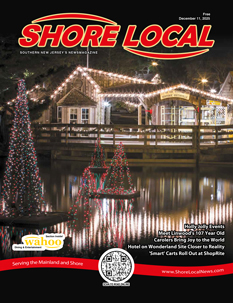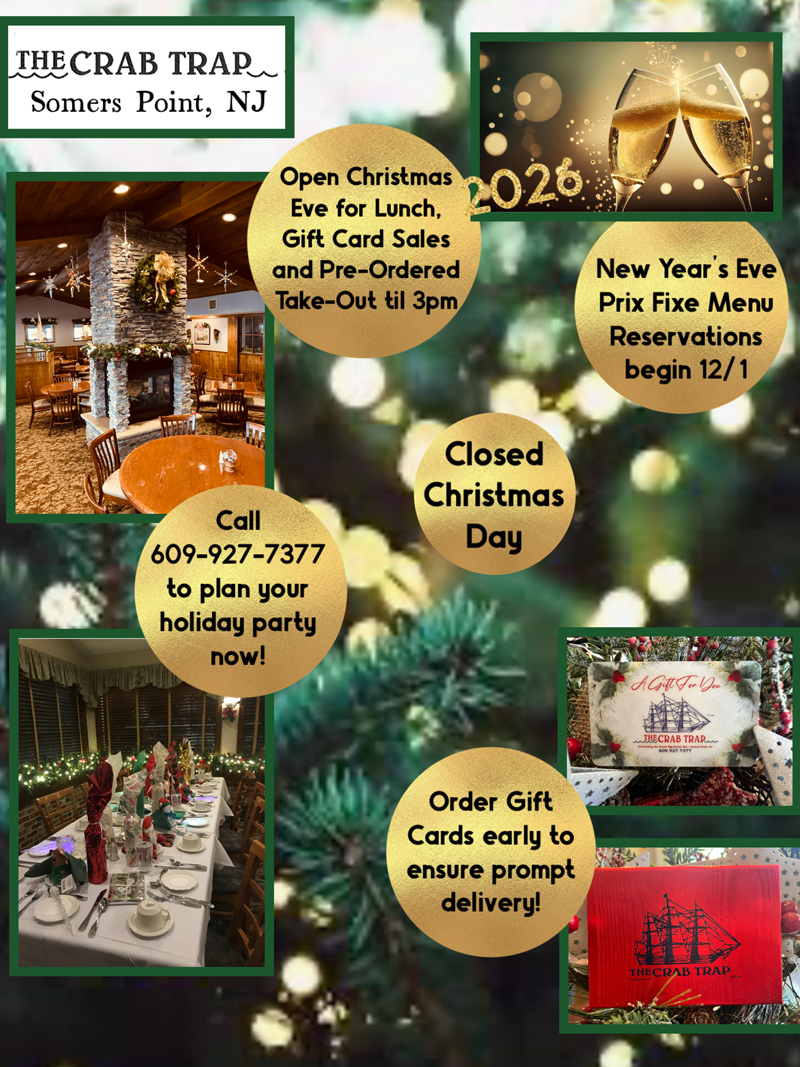By Sarah Fertsch
We as humans have a lot in common with pumpkins. We both come in a variety of colors. If you stab either one with a knife, guts will fall out. We both get painted and carved to get the perfect look. And, like most things in this world, when our time ends, we return to the Earth to continue the biological cycle of life.
This may be more morbid than you expected from an article column about pumpkins. After all, pumpkins typically represent the wholesomeness of the autumn harvest. They’re round, cute and pudgy, which makes them the quintessential Halloween baby costume of all time.
A popular coffee chain introduced the pumpkin spice latte in 2003 when they started dipping their toes into seasonal offerings. From 2008 to 2012, the latte went viral and has been the most-anticipated fall item in America for at least a decade. They have been serving these lattes earlier and earlier each year ever since, now making their appearance in August.
Today it feels like almost everything comes in a pumpkin form. You can purchase pumpkin spice Pringles, a pumpkin spice burger, pumpkin spice fried chicken and even pumpkin spice toothpaste. Each year, Americans collectively spend an estimated $286 million on pumpkins and whimsical pumpkin-inspired products.
Years ago, my friends and I would play a game we called “Cute or Abomination.” We would question the validity of an item, whether it be a toy, outfit, food or business. A cross between a unicorn and cat plushie may be voted cute, but a necklace made with Magic Markers was an abomination.
As I reflect on these new pumpkin products, I ask the age-old question: Is it cute or is it an abomination? Pumpkin spice dog treats might be cute, but pumpkin spice cat litter is a mutant abomination worthy of extinction. Who is the mastermind behind the pumpkin spice phenomenon and is that person okay?
In colonial times, attitudes toward pumpkins were less than enthusiastic. Explorers from England traditionally ate domesticated animals and European crops which did not include corn or squash found in the New World. Due to food insecurity and potential starvation, the colonists resorted to taking in calories from “pumpkin meat.”
Pumpkins were considered a peasant food and were usually eaten as a last resort. That’s why calling someone a “pumpkin eater” was considered the ultimate insult.
Following the Industrial Revolution, poor farm children often grew up to work in factories in big cities like New York or Chicago, and pumpkins became symbolic of simpler times. When the automobile became accessible to middle-class Americans, families would take rides through the countryside and feel a sense of nostalgia associated with the vast fields of pumpkins growing on vines.
As the years passed by, families could count on visiting a pumpkin patch and picking the produce by hand. The process remained immune to modernization. Parents still teach their little ones how to properly prune a pumpkin off the vine and look for signs of rotting before picking the perfect fruit.
Pumpkins represent a connection with the earth and living slowly. The American masses don’t opt for pumpkin flavor because it’s delicious. Every pumpkin spice latte lover wants to time travel back to their childhood, when all that mattered was playing in the haystack, rolling down the hill and jumping in big piles of colorful leaves.
The accountant working 50 hours per week, when chewing a pumpkin cookie, imagines herself as a farmer in the countryside celebrating the rewards of harvest. The teacher decorates his classroom with images of pumpkins to teach students about seasonal symbols. A grandparent tells the story of the headless horseman to their grandchildren around a bonfire, making new memories of warmth and an ounce of fear.
The romanticization of the American farmer is a vital part of our history and celebration of shared values. It also ensures our survival. Growing food is, afterall, a desirable and necessary activity.
So listen to “Country Road” by John Denver on repeat. Order that pumpkin spice latte. Take your friends and family through a corn maze. Carve jack-o-lanterns. The autumn season offers so much joy and fun, even if our obsession with pumpkins has gone a little too far.












